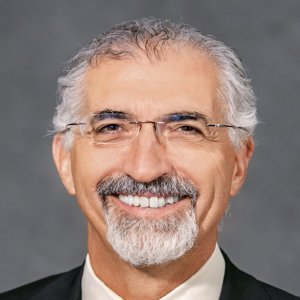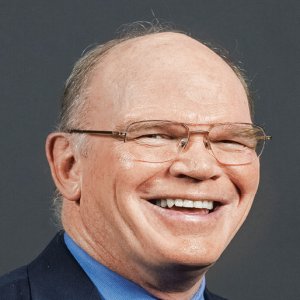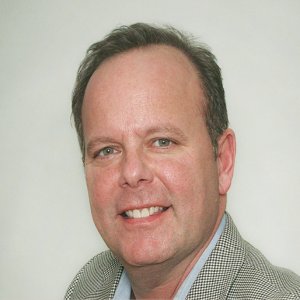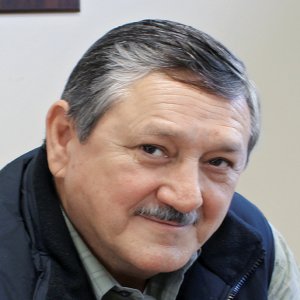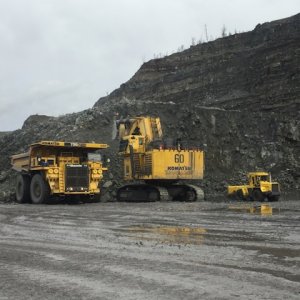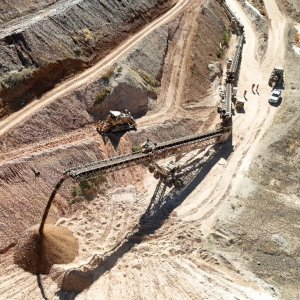Clusters to Enhance the Supply Chain

STORY INLINE POST
Q: How is Zacatecas positioning itself to attract increasing levels of mining investment?
A: It is extremely difficult to attract mining activities to a certain location because this decision is centered mainly on the location of the ore deposits. We are trying to attract a great deal of mining suppliers and distributors for the community, and we have the advantage of having the mining cluster (CLUSMIN) led by Jaime Lomelín. He began this initiative and continuously works to attract support and investment to the state, and the government fully supports this effort and helps as much as possible. CLUSMIN provides an association for a great deal of the mining supply chain working in the area. Zacatecas aims to be the core of mining distribution across the Americas, and we are on the right track to achieve that. Our goal is to make Zacatecas a synonym for mining, not only in the Americas but all over the world.
Q: How do you interact with CLUSMIN, and what input do you have into the running of the cluster?
A: The initiative is privately held but the government of Zacatecas helped the companies begin the cluster with some funding. We try to offer assistance when we can but the cluster is essentially independent and makes its own decisions. The government is invited to the CLUSMIN meetings and we are able to contribute to the dialogue but we have no input into the decision making process. The government also helps the cluster to invite other businesses to the state, and we hope that Metso will be the next company to enter. At the end of 2015, the government visited Scandinavia to seek mining companies that would come to Zacatecas and invest. Many state representatives visit Zacatecas in an effort to gather knowledge about the running of CLUSMIN in order to form the same bodies in their own regions. Although other states can emulate what we do, I believe the primary cluster in the country will remain CLUSMIN in Zacatecas for two reasons. Firstly, we initiated the program, and secondly, most of the companies operating here are convinced that Zacatecas is the nucleus of mining activity. Jaime Lomelín has done a great job of setting up the cluster and of convincing distributors of the value of belonging to CLUSMIN.
Q: How can you differentiate Zacatecas from other mineral-rich states like Sonora?
A: We can help in terms of availability of human resources, implementation of the proper infrastructure, and providing access to operative mines. Another big difference between Zacatecas and Sonora is the fact that Sonora has copper deposits, whereas the mining in Zacatecas is much richer in terms of precious metals but less voluminous. The government essentially helps ease the mining process and ensure to the best of its ability that mining operations run smoothly. Zacatecas provides 19 percent of income from the new tax, while Sonora pays 26 percent due to the volumes produced. We are about to establish a flotation plant in Zacatecas, so the smaller mining companies are able to use this for processing of ore before it is sold to the foundry. This saves money in transport costs because the load will be smaller and more concentrated. This plant is scheduled to begin operations in two months and is specifically designed for small mining companies as the large companies have access to their own flotation plants. We help in any way we can when a request is made for support. We can help operators obtain explosives permits and environmental permits, as well as geological maps of the deposits. The quantities of metals mined in terms of production levels have reduced significantly over the last few years.
Q: What must operators consider in terms of regulatory issues such as water pollution and water use?
A: Environmental policies are implemented on a federal level, and all companies operating across the country must adhere to the same regulations. More than an environmental issue, regulations are becoming more about community and social impact and mines must now be aware of offering more to people living in these areas than they are taking from them. One mine requires almost 60 federal permits, so companies must consider factors such as water, energy supply, employees, unions, taxes, social security, and roads. Depending on the size of the mine this process can take from 1-10 years to complete this process. In Zacatecas, however, we were able to open two different mines in a record time of two years. We are constantly working to reduce this permitting process to ensure continued investment in the economy of Zacatecas. In the event of a spill, we must determine whether or not it was an accident. In the case that it was, the operator can obtain all the support it needs from the government. In terms of cases that involve negligence, we can only help so much, and operators must pay the fines and adhere to the sanctions imposed by the relevant authorities. Our main priority is ensuring that employees do not suffer. Conversely, if PROFEPA’s sanctions overreach we can intervene and communicate with the agency on behalf of the company.
Q: How efficient do you expect the collection and allocation of the funds from the mining fund to be?
A: The federal government, which distributes them, has done well so far. The government also has extremely stringent requirements to qualify for funding, so I believe the mechanism will work well. Although the system is new, the mining companies are keeping a close eye on the distribution of the funds. Moreover, it is being overseen by the municipality as well as the state and federal government, which creates a complementary system of responsibility and accountability. We recently distributed the second part of the funds collected in 2014, and we still have the remainder of 2014 and all of 2015’s funds to distribute. We believe the money collected in 2015 will total less than that from 2014 simply because the mineral prices have precluded many operators from producing on the same scale.
Q: What are some of the tangible results within the communities and municipalities that receive the mining fund?
A: We have certainly seen a great deal of developments, especially in the communities of Fresnillo and Mazapil. Already, we can see that infrastructure is improving with painted walls, and facilities like football fields installed. One rule of the royalty stipulates the money must be destined to the city’s or municipality’s infrastructure instead of spending on technology for instance. This is beneficial because the funds can be directed toward the entire municipality not just in the immediate surroundings of the mine. A great deal of the time, the mining companies want the money to be used exclusively by the area affected by the mine but the mining fund ensures a more even distribution.
